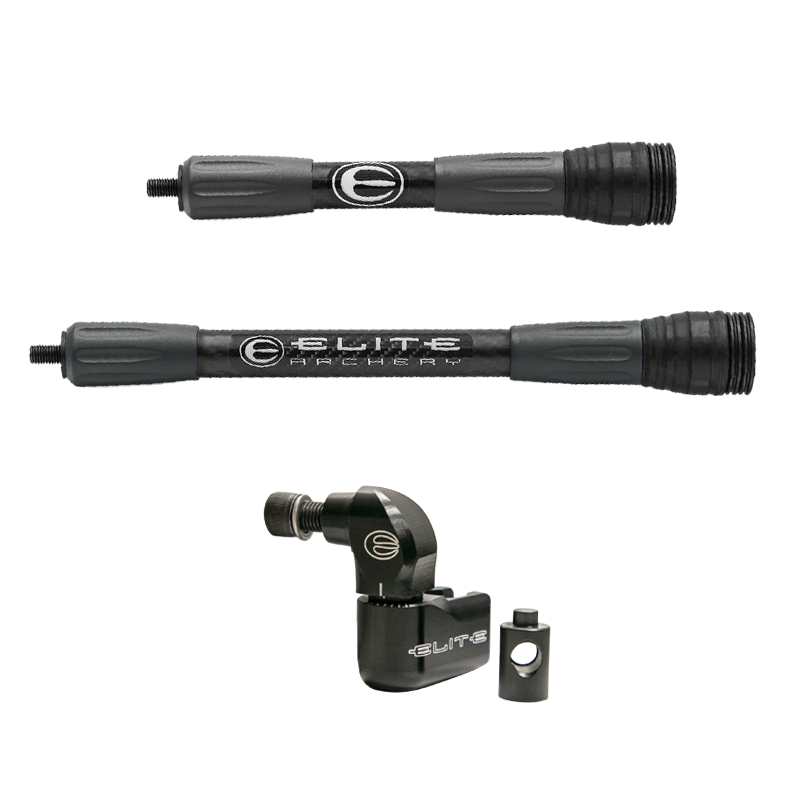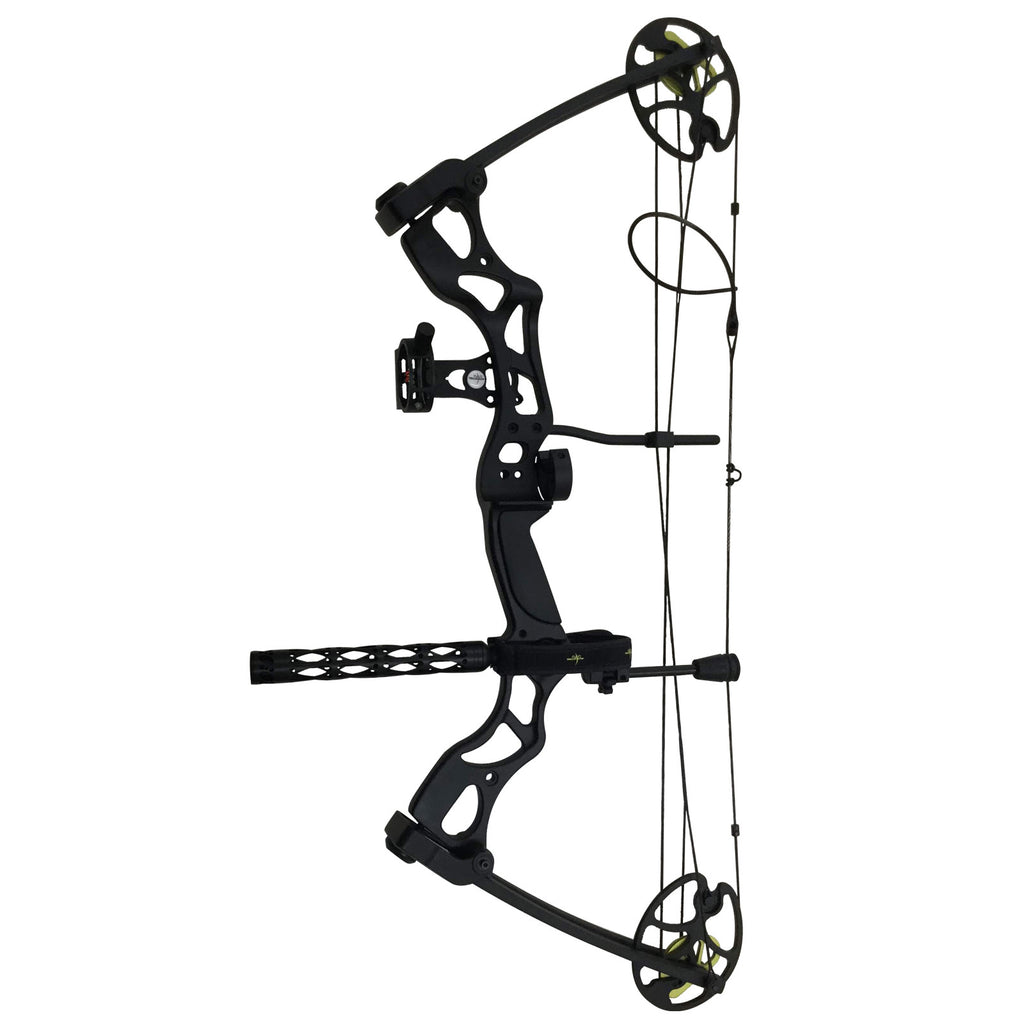Boost Your Capturing Efficiency with Top-Rated Bow Stabilizers
Boost Your Capturing Efficiency with Top-Rated Bow Stabilizers
Blog Article
Optimize Your Archery Precision With These Bow Stabilizer Strategies
One essential element that can dramatically influence your performance is the proper utilization of bow stabilizers. Whether you are a skilled archer looking to improve your skills or a newcomer anxious to improve your accuracy, understanding these bow stabilizer methods can be the trick to hitting your mark with unparalleled uniformity.
Benefits of Using Bow Stabilizers
Making use of bow stabilizers can considerably enhance an archer's precision and general performance by decreasing bow torque and vibration. Bow torque, brought on by the unequal distribution of weight in the bow, can lead to incongruities in shot placement. By affixing a bow stabilizer, the weight is rearranged, lowering the results of torque and aiding the archer accomplish a more constant shot. Additionally, bow stabilizers wet vibration, which not just improves the convenience of capturing but also stops the bow from jumping upon release, hence helping in keeping proper purpose.
Additionally, bow stabilizers can aid in holding the bow steady, particularly throughout windy problems or when firing from longer ranges. The added weight at the front of the bow offers stability and equilibrium, permitting the archer to concentrate on intending without the distraction of bow motion. Generally, the advantages of making use of bow stabilizers expand beyond just accuracy, enhancing the archer's experience and efficiency in different shooting situations.
Selecting the Right Bow Stabilizer
Picking the proper bow stabilizer is vital for enhancing your archery equipment and boosting shooting efficiency. Much heavier stabilizers can assist lower bow torque and soak up more vibration, leading to a steadier purpose.

Last but not least, think about the layout of the stabilizer. Some stabilizers come with adjustable weights or dampeners that enable you to tailor the balance and feel of your bow. Ultimately, picking the best bow stabilizer entails locating a balance between weight, layout, length, and material to enhance your shooting accuracy and overall performance.
Appropriate Setup Strategies
To guarantee optimal performance and safety in archery, understanding correct installment methods for your bow stabilizer is necessary. The very first step in setting up a bow stabilizer is to identify the correct positioning on your bow.
Following, safely connect the stabilizer to the bow using the appropriate placing equipment. It is vital to tighten the stabilizer snugly to prevent any kind of tottering during shots. Some stabilizers come with flexible weights that can be included or removed to fine-tune the equilibrium of your bow. Experiment with various weight setups to find the optimum equilibrium that suits your capturing style.

Changing Stabilizer Weight and Size
After making certain the proper setup of your bow stabilizer, the next action entails adjusting the weight and length to enhance its performance in enhancing archery accuracy. The weight of the stabilizer plays Your Domain Name an important link duty in decreasing bow activity throughout the shot cycle. Including weight to the stabilizer can help dampen resonances and improve stability, leading to even more constant and precise shots. On the various other hand, lowering the weight can raise ability to move, which is beneficial for situations requiring fast target procurement.
When it involves stabilizer size, finding the best balance is key. A longer stabilizer can provide better stability by enhancing the range in between the bow and the weight at the end of the stabilizer. This added range improves the supporting effect, specifically in windy conditions or when contending longer ranges. On the other hand, a shorter stabilizer offers extra maneuverability and may be liked by archers who value dexterity and quick movements throughout shooting.
Advanced Stabilizer Tuning Tips
Attaining ideal bow security and precision in archery demands a nuanced technique to innovative stabilizer adjusting. Advanced stabilizer tuning involves fine-tuning different parts to boost the bow's balance, decrease vibration, and enhance general precision.
An additional essential aspect of sophisticated stabilizer adjusting is maximizing the damping homes of the stabilizer system. Checking out different materials for the stabilizer building and construction, such as carbon fiber or light weight aluminum, can likewise influence the bow's efficiency by modifying its weight distribution and stiffness.
Verdict
In verdict, making best use of archery precision can be achieved via the appropriate option, setup, and modification of bow stabilizers. By comprehending the benefits of making use of stabilizers, choosing the appropriate one, and tweak its weight and length, archers can boost their shooting accuracy. Utilizing advanced adjusting techniques can better enhance security and consistency in arrowhead flight. Overall, integrating bow stabilizers into archery method can lead to better performance and boosted accuracy.
Making use of bow stabilizers can considerably boost an archer's accuracy and general efficiency by minimizing bow torque and vibration. Longer stabilizers give greater stability and equilibrium, specifically for long-distance shooting, while shorter stabilizers use even more flexibility and are easier to maneuver in tight areas (bow stabilizer). Carbon fiber stabilizers are light-weight and durable, site while light weight aluminum stabilizers are robust and provide exceptional resonance wetting
A longer stabilizer can provide greater stability by boosting the range in between the bow and the weight at the end of the stabilizer.An additional essential element of sophisticated stabilizer tuning is enhancing the damping buildings of the stabilizer system.
Report this page